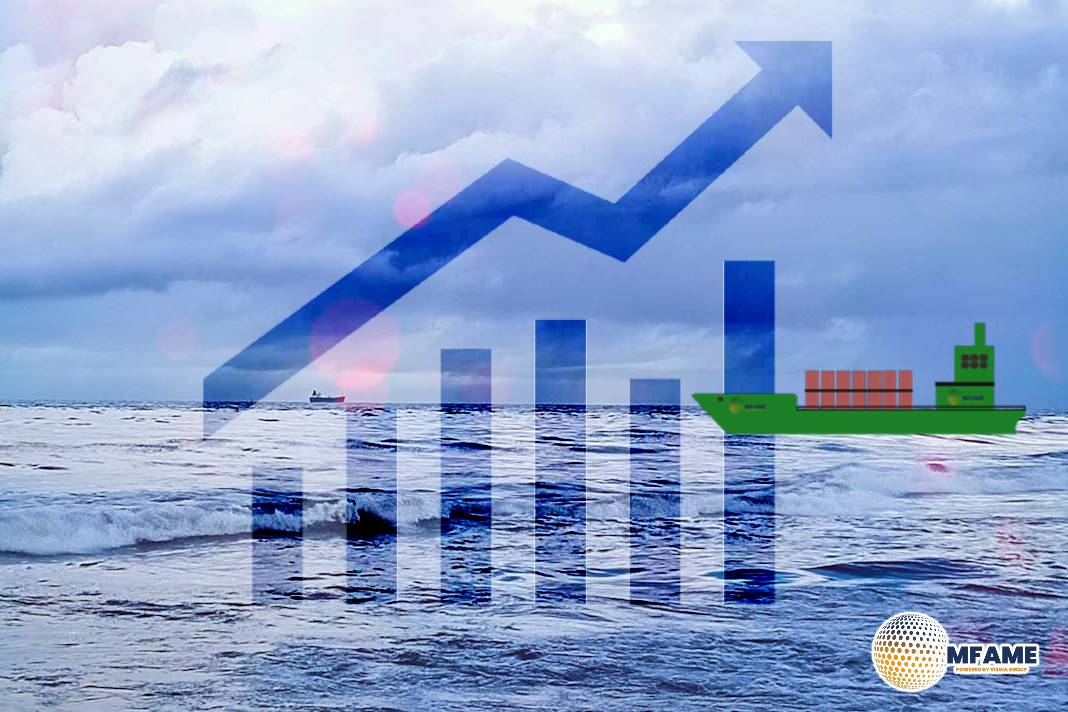 The reported increase in the number of supertankers heading to the US to collect oil reveals several key dynamics within the global oil market, according to an article published on the Yahoo website.
The reported increase in the number of supertankers heading to the US to collect oil reveals several key dynamics within the global oil market, according to an article published on the Yahoo website.
Record Number Of Supertankers
According to Bloomberg’s data, there’s a surge in the number of supertankers bound for the US within the next three months. This is notably the highest recorded influx in at least six years.
Changing Energy Landscape
The increased flow of vessels reflects the evolving dynamics in the energy market. The US is currently producing more crude oil than ever before. Simultaneously, OPEC and its allies are implementing supply restrictions to stabilize and support oil prices.
Rising US Crude Exports
The US has seen a significant surge in crude oil exports. US producers are now shipping more low-sulfur “light-sweet” crude oil overseas. This shift has been facilitated by the removal of decades-old restrictions on crude exports in 2015.
Preference For Heavier Grades
While US producers are focusing on lighter crude variants, many domestic refiners prefer heavier grades that yield more diesel-type fuels. This preference is causing an increase in the export of lighter crude oils.
US Gulf Coast As The Main Exporting Region
The US Gulf Coast is the primary region for oil exports. Shipments from this area are expected to rise by 100,000 barrels a day year-on-year, reaching 4.1 million barrels a day.
Impact of OPEC+ Curbs
The OPEC+ supply restrictions are prompting tankers to leave the Middle East in search of better prospects in the Atlantic for the winter season. This movement of tankers contributes to the increased traffic heading towards the US.
Speculative Ship Movements
Some vessels are sailing to the US Gulf without any cargo bookings, a practice known as ballasting. This suggests an anticipation of higher demand and potentially more profitable opportunities in the US market during the winter.
Potential Impact On Tanker Earnings
With stronger demand anticipated for the winter season, it is expected that the tankers arriving in the US might see higher earnings due to increased demand for their services.
This situation reflects the interconnectedness of global oil markets, where changes in production, export patterns, market regulations, and seasonal demands all contribute to shaping the movements of supertankers and the flow of oil across regions.
Did you subscribe to our daily newsletter?
It’s Free! Click here to Subscribe!
Source: yahoo
















